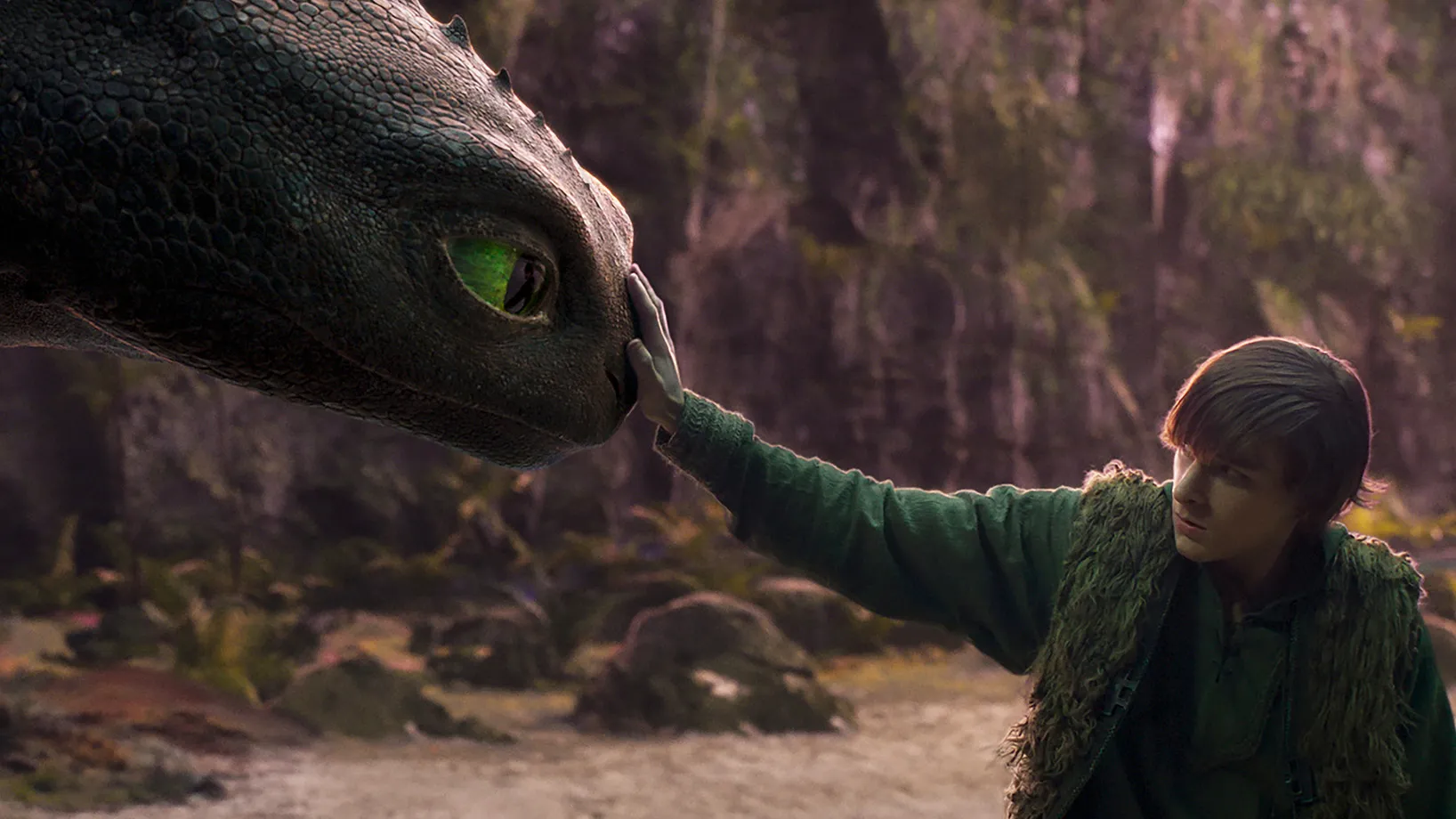How far will studios go to cash out on live-action adaptations of classic, animated films?
In November of last year, Universal Pictures announced a live-action adaptation of the 2010 animated fantasy film How to Train Your Dragon. For a fanbase as loyal to its source material as How to Train Your Dragon, a collective, negative-leaning question mark seemed to appear over the heads of everyone who heard the news.
Over the past decade or so, there has been a trend in larger studios adapting classic animated films. The chief perpetrator being Disney, whose adaptations include The Little Mermaid, The Lion King, The Jungle Book, Mulan, Aladdin, Beauty and the Beast and many more.
Sure, maybe the decision to adapt How to Train Your Dragon film to live action could be justified if doing so would include features not achieved by animation. However, several shots in the trailer, most noticeably Hiccup’s first encounter with Toothless, are replicated shot-by-shot to the original, with Toothless’ animated model looking essentially identical.
The live-action adaptation formula was novel during its inception, but at its core, it is an easy, reliable money-making tactic for studios. No matter how many people choose to boycott live-action films on principle, the general love for classic films will almost always be a sure-fire path to box office success. The live-action adaptations of Beauty and the Beast, Aladdin and The Lion King all surpassed a billion dollars in revenue at the box office. With numbers like that, it’s wholly unsurprising that Disney and other studios choose to rely on the live action formula.
Essentially, the re-production of animated films is no different than re-releasing the original films to studios in an attempt to garner more money. With the initial audience of these older films largely grown up, studios are able to attract new audiences by releasing the same film with the slight difference of live action versus animation. Perhaps a reason studios do this is because typically cartoons are seen as “for kids” and a more realistic approach to movies will therefore attract teenagers and older crowds to their movies.
An interesting experiment moving forward would be to release an entirely 2D-animated film akin to the Disney’s beloved classics. The sheer novelty of doing so may grant them popular success and acclaim, but by the looks of the current pedestrian state of affairs, the chances of that happening are slim, especially before Disney adapts other, newer animated films. If a How to Train Your Dragon adaptation wasn’t already close enough to its original film for DreamWorks, Disney plans to release a live-action version of 2016’s Moana in 2026, which received a sequel just last month.
All this aside, How to Train Your Dragon is still a beloved story that many hold dear in their hearts as fundamental to their childhood, so a live-action adaptation isn’t the most egregious occurrence in the world compared to others alongside it. That said, the shift towards adapting more modern, 3D-animated films which younger generations grew up with is a strategy that may soon lose steam among more loyal fans of these films and even the general public. Still, as long as studios continue to dominate the box office, it may be wise to board the shutters and brace for another wave of Frozen merchandise following a potential live action adaptation down the road.

